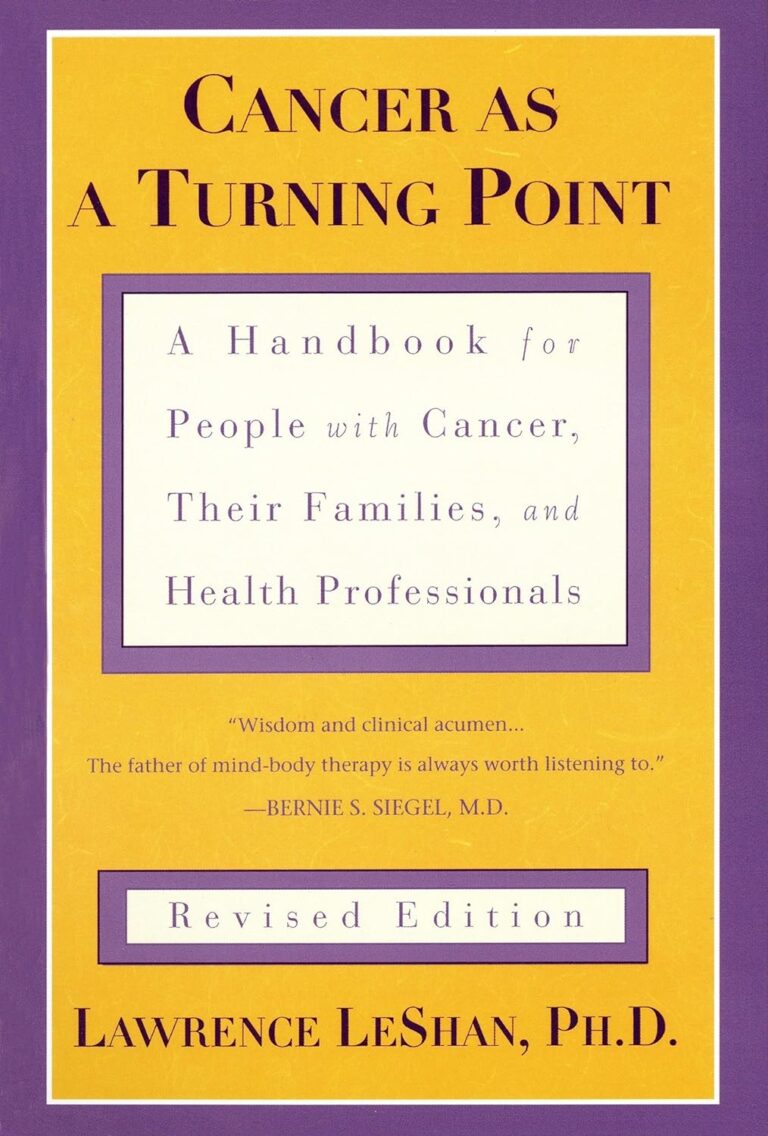
Sarcoma is a form of cancer that is often misunderstood and overlooked in public health messaging, yet it requires the same vigilance and awareness as other more well-known cancers. Sarcoma is a complex and diverse type of cancer that requires much understanding and education for effective prevention and treatment.
In this article, we’ll explore what sarcoma is, discuss different types, causes, risk factors, and also delve into the treatment options available. By casting a spotlight on sarcoma, we hope to empower you with the information you need to address this disease.
Understanding Sarcoma: A Basic Definition
Sarcoma is a form of malignancy that originates in the cells of the body’s connective tissues. These tissues include the bones, muscles, tendons, cartilage, nerves, fat, and blood vessels. It’s noteworthy that sarcomas are quite rare, accounting for only about 1% of adult cancers and 15% of pediatric cancers.
The inherent complexity and diversity of Sarcoma stem from the multiple types of cells it can affect, each with its specific characteristics, requiring different treatments and precautions.
Types of Sarcoma: Differentiating the Varieties
Soft Tissue Sarcoma
Soft tissue sarcomas, as the name suggests, hit the body’s soft tissues such as muscles, tendons, fats, nerves, etc. Examples include Liposarcoma (affecting fat cells) and Rhabdomyosarcoma (impacting skeletal muscles).
These types of cancers are usually caused by changes in the cells that cause them to divide uncontrollably, creating a mass or growing into other tissues. Risk factors include exposure to certain chemicals, inherited genetic conditions, and radiation exposure.
Bone Sarcoma
Bone Sarcomas, in contrast, affect the hard structure of the bones. Examples are Osteosarcoma (most common type) and Chondrosarcoma (affecting cartilage). Genetic factors, radiation therapy for other cancers, and certain bone conditions are common risk factors.
Both types of sarcomas share similarities in growth pattern, malignancy, and even treatment approaches, but they vary based on the cell type they originate from and the tissue they impact.
Causes and Risk Factors of Sarcoma
Genetics and Sarcoma
Several gene mutations and inherited syndromes have been linked to an increased risk of developing sarcomas. These include conditions such as Neurofibromatosis, Gardner Syndrome, and Li-Fraumeni Syndrome.
Environmental Factors
Exposure to certain chemicals and high-dose radiation can increase the risk of developing certain types of sarcomas.
Lifestyle and Behavioural Factors
While the relationship between lifestyle habits and sarcoma isn’t as direct as with other types of cancer, factors like obesity and inadequate physical activity could potentially increase the risk of certain sarcoma types.
Get to know us better
If you are reading this, you are in the right place – we do not care who you are and what you do, press the button and follow discussions live

Symptoms and Diagnosis of Sarcoma
Common Signs
The symptoms of sarcomas depend on the type and location, but generally include a noticeable lump or swelling, pain (if the tumor presses against nerves or muscles), or limited movement (for bone sarcomas).
Diagnostic Procedures
Several diagnostic measures exist: from physical examinations and medical histories to imaging tests (like X-rays, MRIs) and biopsies.
Treatment Options for Sarcoma
Surgery
Surgery is the most common treatment for sarcomas. Depending on the tumor’s location and size, it can range from limb-sparing surgery to amputation. The surgeon typically removes the cancer alongside some healthy tissue to ensure all cancer has been eradicated.
Radiation Therapy
Radiation therapy is often used in combination with surgery, either before surgery to shrink the tumor or after to kill any remaining cancer cells. The success rate can vary based on the specific case.
Chemotherapy
Chemotherapy uses drugs to kill cancer cells and is typically reserved for specific types of sarcomas, or when the sarcoma has spread to other parts of the body. Side effects are usually intensive and include fatigue, nausea, and risk of infection.
Living with Sarcoma: Prognosis and Quality of Life
Forecasting Survival Rates and Recovery
Survival rates for sarcoma vary based on factors like the type of sarcoma, stage of the disease at the time of diagnosis, age, and overall health status of the patient. Despite the challenges, many patients can live meaningful, productive lives following treatment.
Support for Patients and Families
Various organizations and healthcare groups provide resources and support for individuals affected by sarcoma, including patient counselling, financial aid, and assistance in coping with disease management.
Conclusion
From understanding what sarcoma is to differentiating between its types, recognizing its causes and risk factors, knowing the symptoms and diagnosis methods, and the available treatment options, we have explored the intricates of sarcoma holistically.
The importance of early detection and treatment can never be overstated, and it is through spreading awareness, recognizing the symptoms early, and seeking due medical attention that we can effectively beat sarcoma.
FAQs
1. What is the difference between soft tissue sarcoma and bone sarcoma?
The key difference lies in the affected cells and tissue types. Soft tissue sarcomas affect the body’s soft connective tissues, while bone sarcomas hit the hard bone structures.
2. What are the early signs of sarcoma?
Typically, you might notice a lump or swelling. Depending on the location of the sarcoma, there might also be pain or restricted movement.
3. Can sarcoma be caused by certain lifestyle habits?
While there’s less direct proof of lifestyle impacts than with other cancers, unhealthy lifestyle factors such as obesity and lack of exercise potentially increase certain sarcomas risk.
4. What is the success rate of sarcoma treatments?
Success rates can vary widely based on factors like the type of sarcoma, the stage at diagnosis, the treatment type, and the patient’s overall health condition.
5. What support is available for those diagnosed with sarcoma?
There are numerous organizations providing various forms of support, ranging from patient counseling and financial aid to resources for disease management.

















Comments
Thank you. Comment sent for approval.
Something is wrong, try again later